Management / Articles
8D Methodology: the power to stop and solve problems
With the 8D Methodology, errors are no longer solved with intuition alone. Find out how this structured approach prepares you for any problem.

 9 minutes of reading
9 minutes of reading
2022-11-17 17:07:10
With the 8D Methodology, errors are no longer solved with intuition alone. Find out how this structured approach prepares you for any problem.
Even with the most rigorous planning, problems are bound to stifle production flows in any company. While some managers may try a systematic approach to address them, the length of the process and the pressure to get things back to normal as soon as possible are powerful deterrents. But although quick-fixes and patches may cut it in the short-run, they often fail to underlying causes, resulting in repeated issues and lack of stability.
This is where the 8D Methodology comes in: a comprehensive problem solving approach focusing precisely on the causes. Among other features, it contradicts the notion that “stopping is dying”, and devotes time and attention to solving the problem once and for all. This is what the 8D methodology means and how to apply it.
What is the 8D Methodology and why is it important?
The 8D Methodology is a troubleshooting tool that follows 8 steps. The focus is on identifying the root-cause of the problem, implementing short-term fixes, and testing long-term measures to prevent it from happening again.
The consequences of consecutive errors show just how important such tools can be for a company. After all, making mistakes is human, but when they happen successively, they become a pattern and reflect on the company.
Take Boeing, for instance, one of the most prominent victims of repeated mistakes. Two accidents, both with the 737 MAX fuselage, left hundreds of casualties and the company reeling with the consequences. But Boeing could have seen it coming. In fact, Boeing had already suspended deliveries for 5 months because of the same problems involving the 737 MAX.
The healthcare sector is also plagued with ineffective problem-solving. Reports indicate that nurses spend 33 minutes of a 7.5-hour shift solving problems with artisanal solutions that are not part of their work. As a result of these unplanned tasks, productivity is bound to fall.
How to implement the 8D methodology?
As the name implies, implementing the 8D Methodology follows a set of 8 sequential steps, from planning to lessons learned.
D0: Draw up a plan
First, it is important to create a plan and assess whether the 8D Methodology applies to the problem at hand. Since this tool is laborious and involves several steps and people, it should be applied in critical situations or when the problem is recurring. At this stage, managers should define the problem, the deadline for its resolution and the human and material resources.
D1: Define a team
At this stage, managers set the problem-solving team, a task-force of sorts focusing on its long-term eradication. The selected people must have a deep knowledge of the problem to enable multiple visions and experiences. It is also vital to define functions and responsibilities of each individual.
D2: Describe the problem
It is fundamental to summarize the problem objectively, leaving personal opinions and bias aside. To do so, gather all available information, such as data, photographs, samples and documents, and interpret them in such a way as to make the nature of the problem very explicit.
D3: Develop a plan to contain the problem
In this step, the goal is to contain the problem to prevent further damage from happening while the investigation takes place. However, even if they are just provisional measures, they must be planned with time to be effective.
D4: Identify and eliminate the root cause of the problem
With the problem temporarily contained, it is time to investigate it in depth and find its cause. Some companies use cause analysis methods, such as the Ishikawa Diagram or 5W1H, to help identify the source of the problem.
D5: Verify proposed solutions
This step evaluates the effectiveness of the previous solutions. They may prove effective, insufficient, or even counterproductive. Thus, it is important to create verification criteria to make sure that actions effectively solve the long-term problem.
D6: Implement a permanent solution
When actions are proven effective, they can now be implemented to solve issues definitively. It is also important to monitor implementation to ensure compliance with the planned scope.
D7: Prevent reappearances
Besides the corrective solution, a preventive solution should also be implemented – the whole point of the 8D Methodology. Thus, it is important to evaluate other factors that may give rise to the problem again, which usually implies reviewing the management processes and operational procedures.
D8: Celebrate Success
Last, not least, celebrate the results. Recognition is key to keeping a team motivated and reinforces the collective involvement and commitment in the company, something even more important as the business grows.
Best Practices for Implementing the 8D Methodology
To implement the 8D Methodology, it is not enough to simply follow each step. It is vital that everyone shares a specific mindset of openness to error and stops if necessary for the process to take place prudently, carefully and safely.
For example, the 8D Methodology may seem, at first glance, quite intuitive, so much so that some managers may think they already use it. But this apparent simplicity is misleading – just stopping to address the root-cause rather than carry on with the work as soon as machines start up again can prove quite challenging.
For example, the simple act of setting up a team is often undervalued. When that doesn’t happen, each person ends up trying to solve the same problem in their own way: the production team can adjust their processes, the engineering team can change the design–and both think they’re making progress, but in fact they’re just generating more chaos. That’s why these first steps, usually ignored, are so powerful–they make everyone stop, prevent each member of the team from addressing problem solving with their own bias and prevent confusion.
In addition, the current paradigm in most companies is to avoid stopping production at all costs, because it affects deadlines and the bottom line. But if this does not happen in certain situations, customers will continue to be subject to problems, sometimes with dire consequences as with Boeing.
Fortunately, there are also positive examples in this field. The Peloton brand made the difficult decision to stop the Bike Plus bike production line because the pedals were not working properly in the mechanical tolerance tests. The bikes were already being mass-produced, but the brand stopped production all the same and brought the old pedal design back into production. Of course, there were implications for deadlines and margins, but if this had not happened, the consequences could have been much more damaging.
That’s why the discipline of the 8D Methodology it is important: it requires that all steps be followed, without exception, which would not happen if the problem was addressed only with intuition and the predominant “never stop” mindset. It is worth investing time to stop, slow down, and focus on effective troubleshooting.
Somengil and the commitment to Quality
Implement the 8D Methodology it is a challenging investment, which can take weeks or months, but ensures that problems within a company or project are solved definitively. When these 8 steps become part of the DNA of the business, they are more prepared for any obstacle that may arise.
Achieving this goal also implies having the right equipment, inspired by the same rigorous execution. This is the case of MultiWasher, a state-of-the-art industrial washing machine that sanitizes any type of utensils, from pots, plates, trays, supermarket carts, or hospital equipment. Schedule a webinar to see this machine running and the impact it might have on your business
You may also like

Management / Articles
SWOT Analysis: a practical guide
A SWOT analysis provides a fresh perspective of every business. Discover its potential and how to use it.
Posted in 2023-02-23

Management / Articles
5 environmental and safety regulations that every company should know about
Environmental and safety regulations protect companies and the environment. Discover 5 that every organization should know about.
Posted in 2024-03-08

Management / Articles
Six Sigma: Searching for the Perfect Process
Achieving (near) 100% accuracy is the goal of the Six Sigma method. Find out what it is and how to apply it.
Posted in 2022-12-29

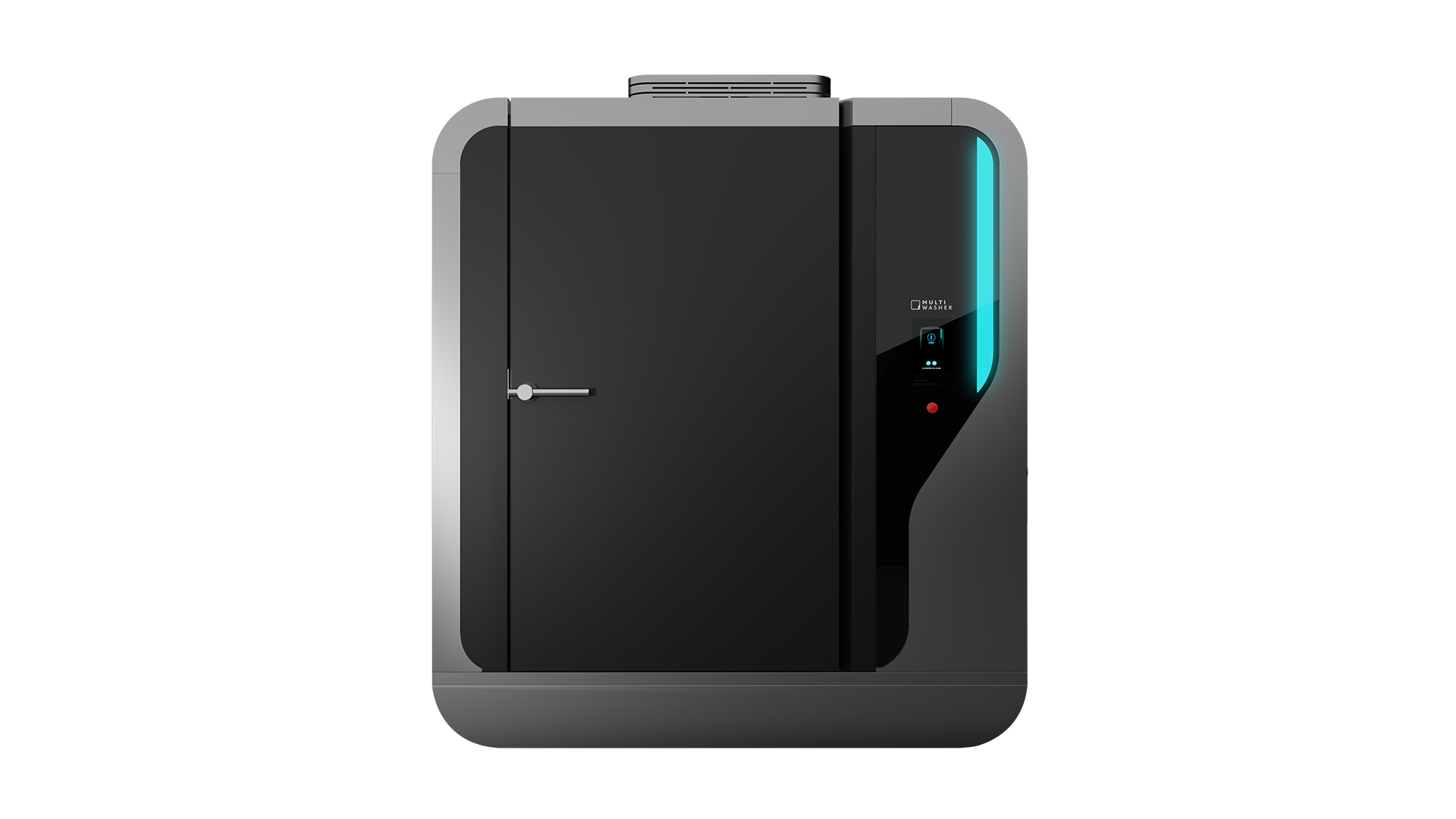
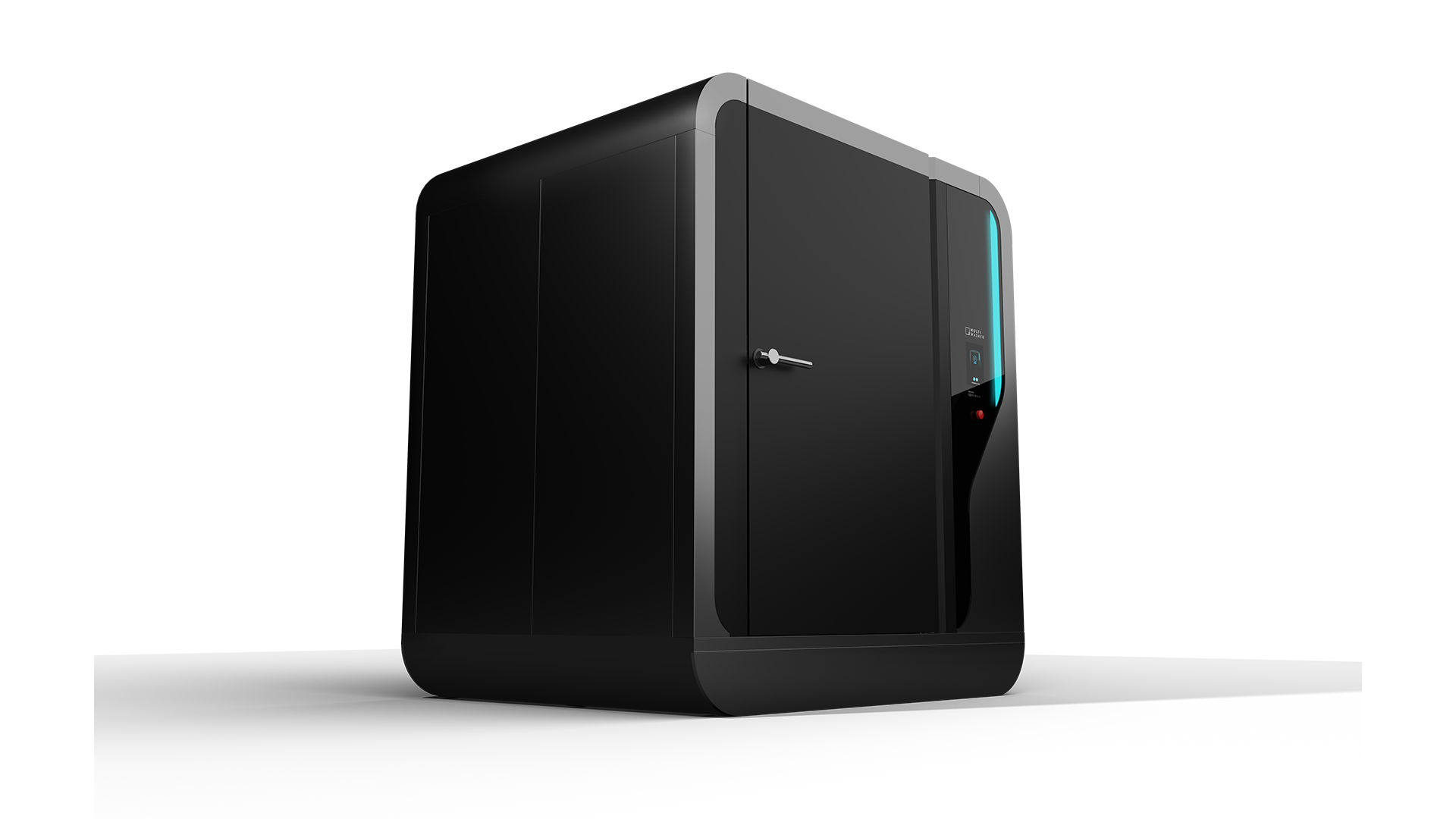
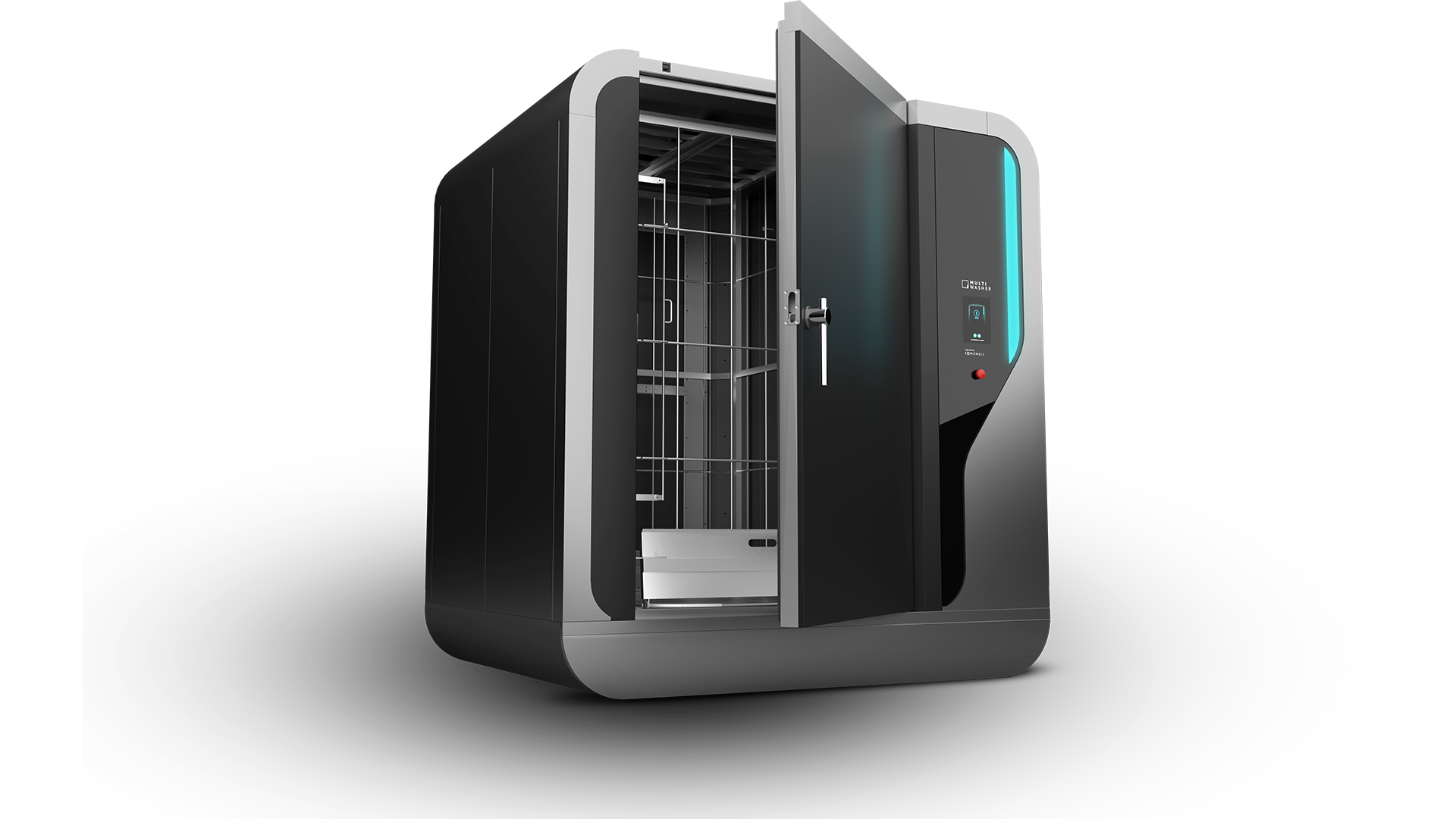


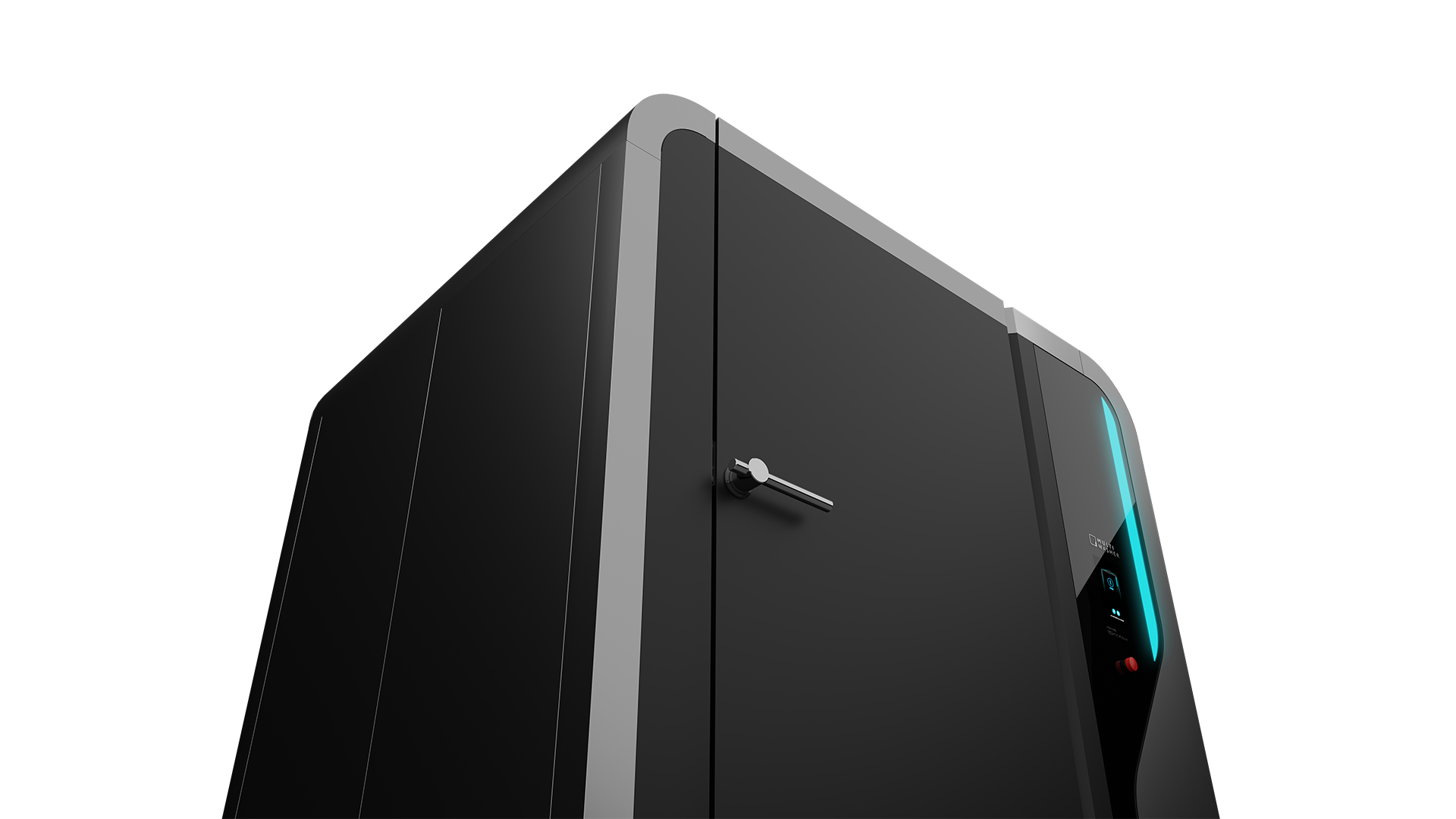

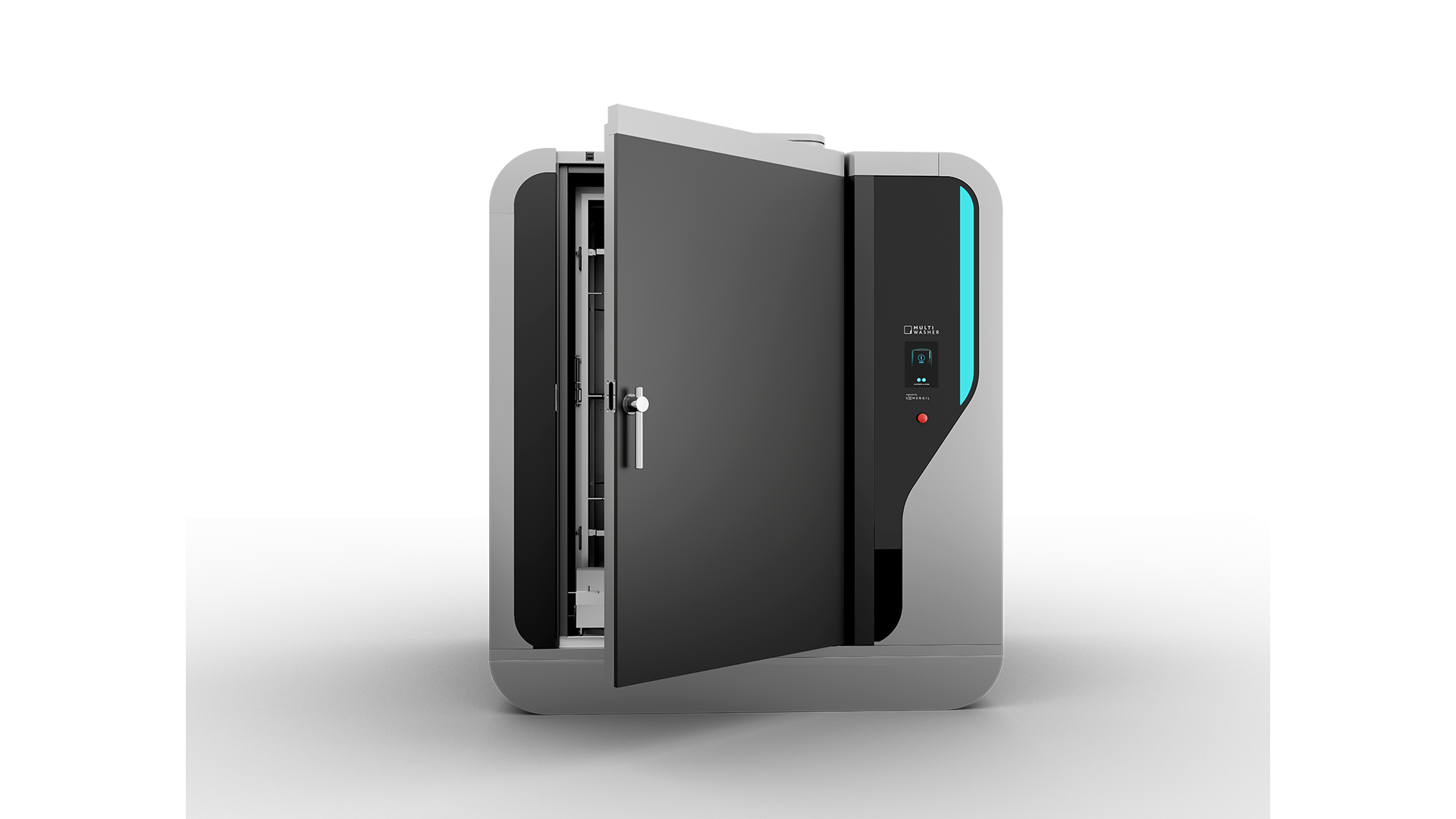

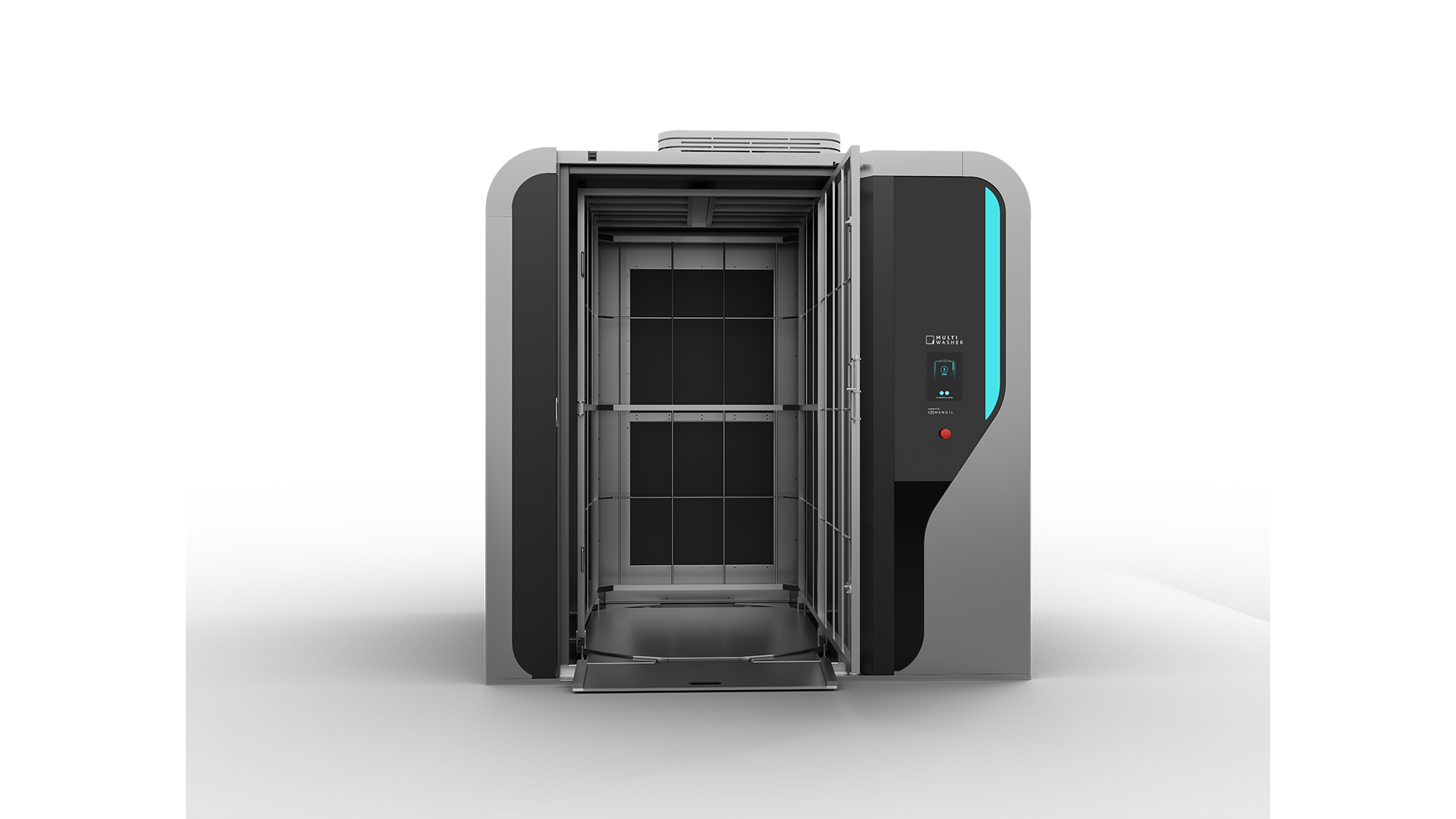
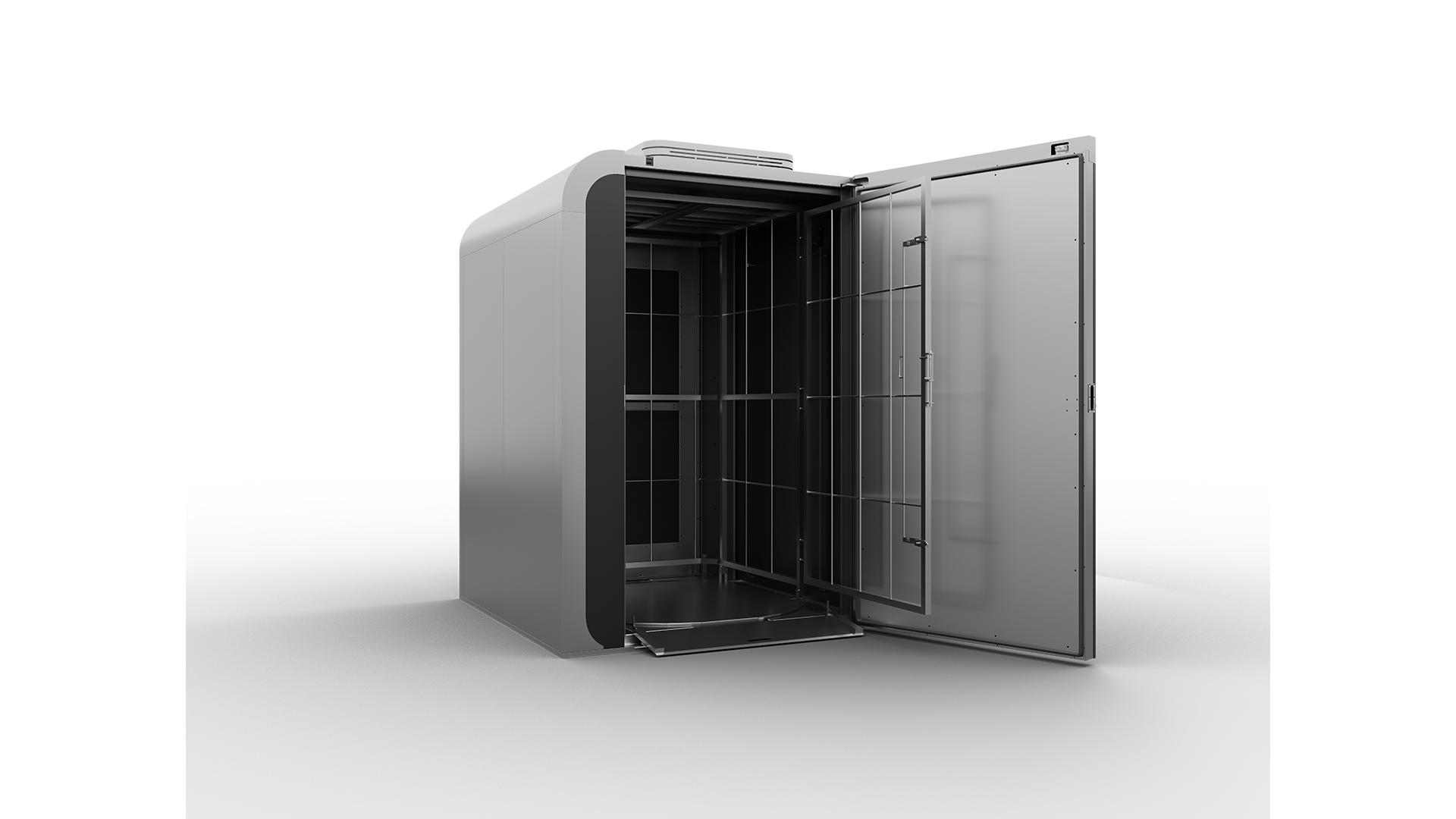
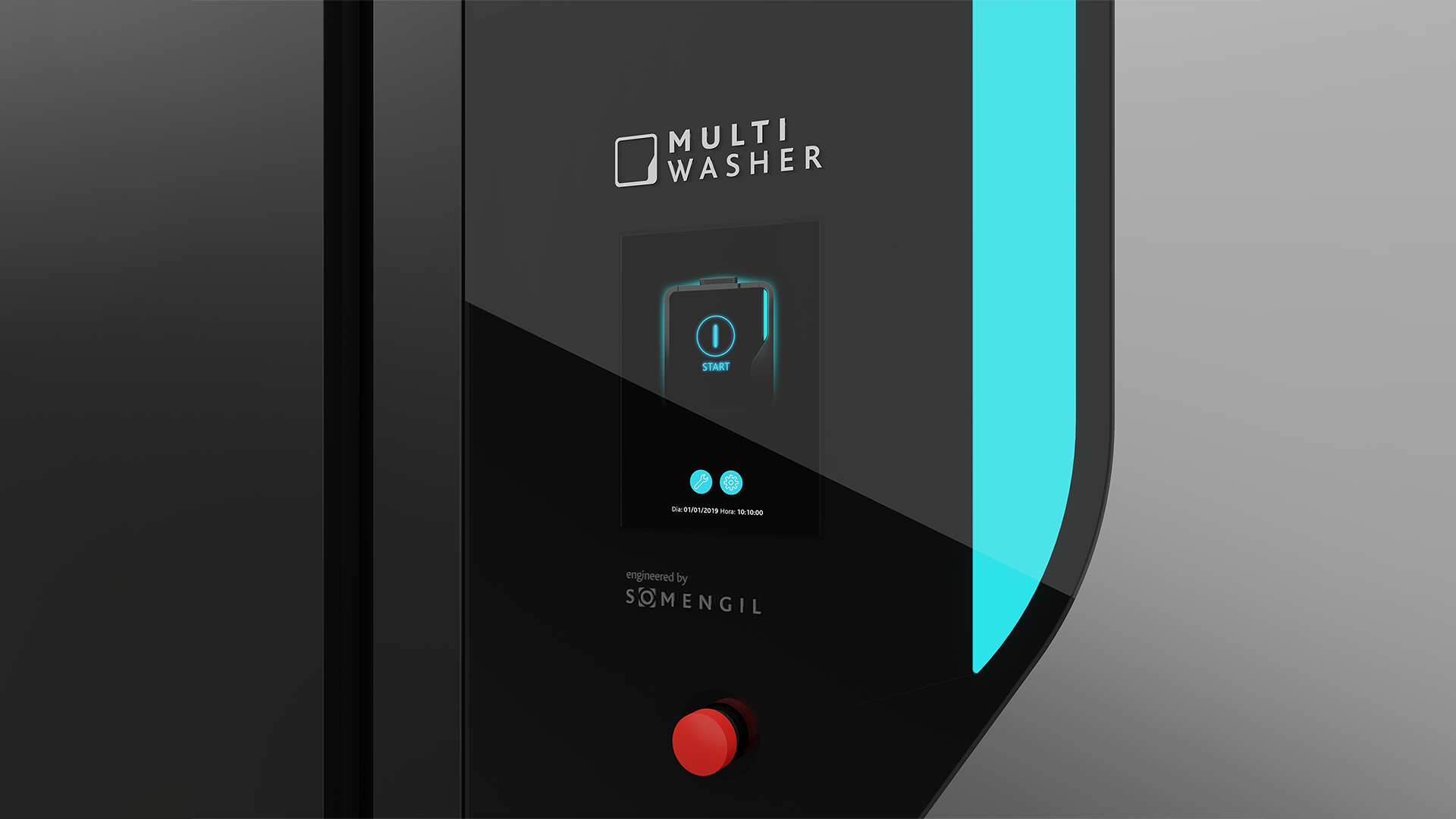

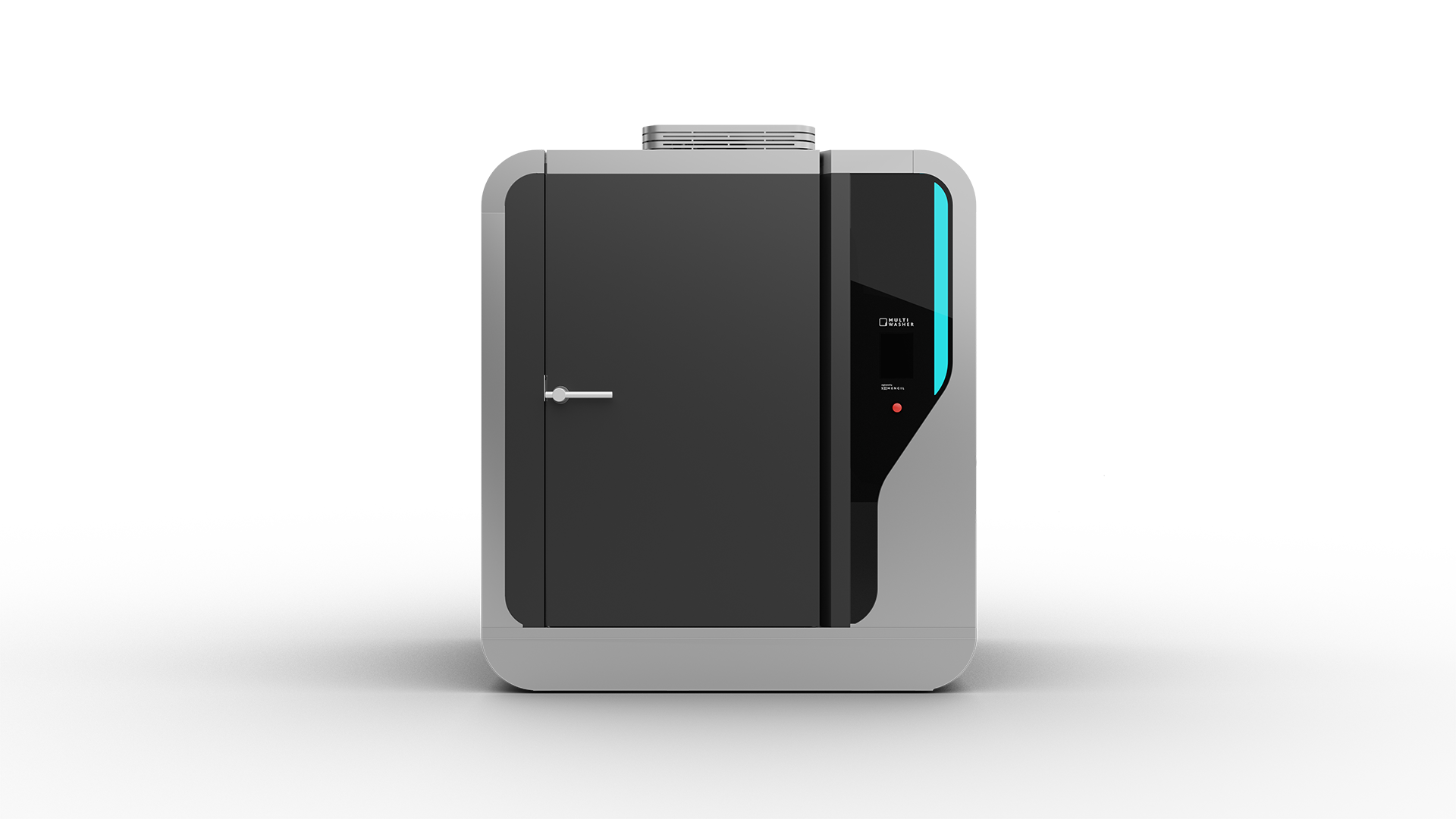

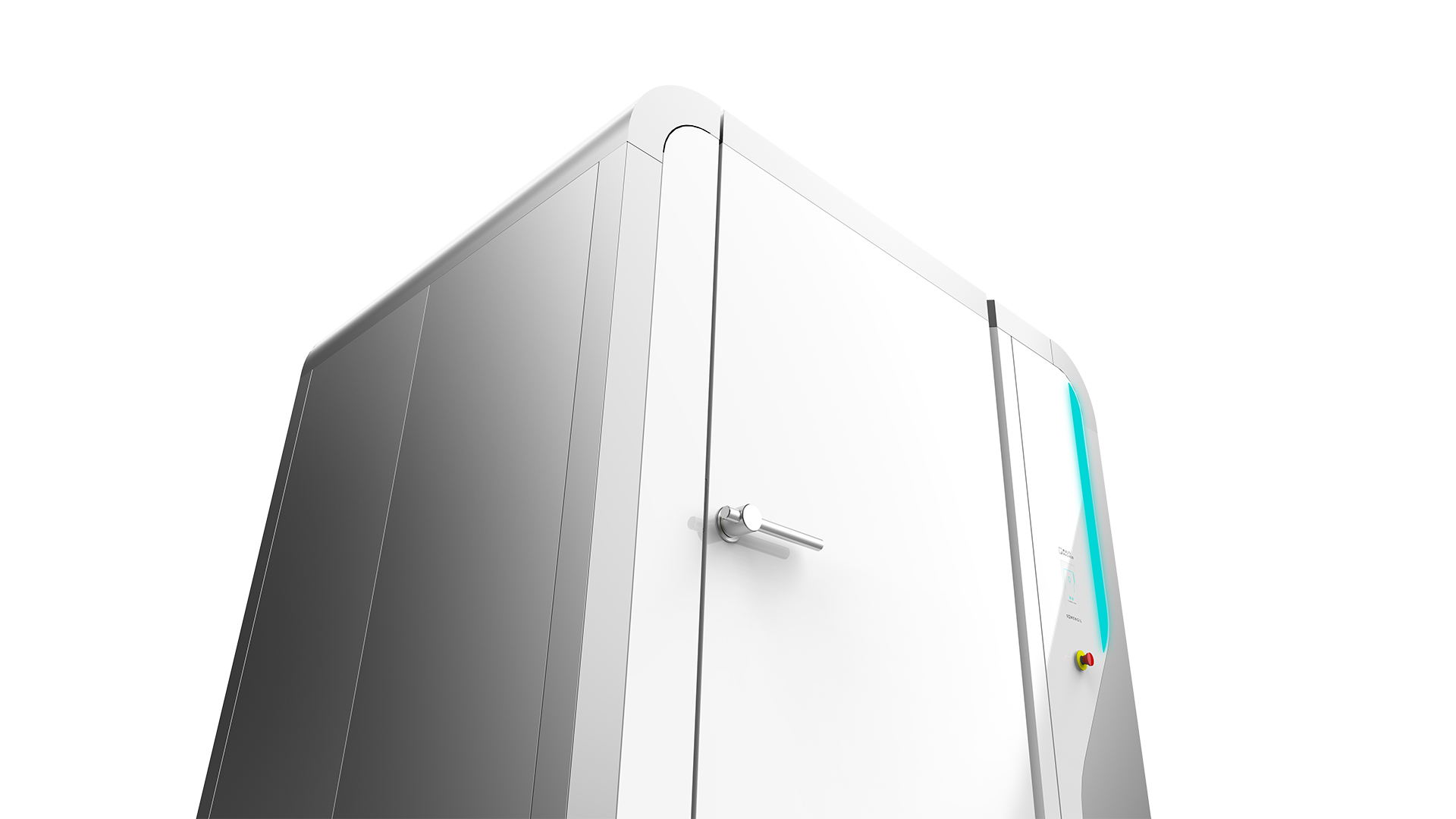

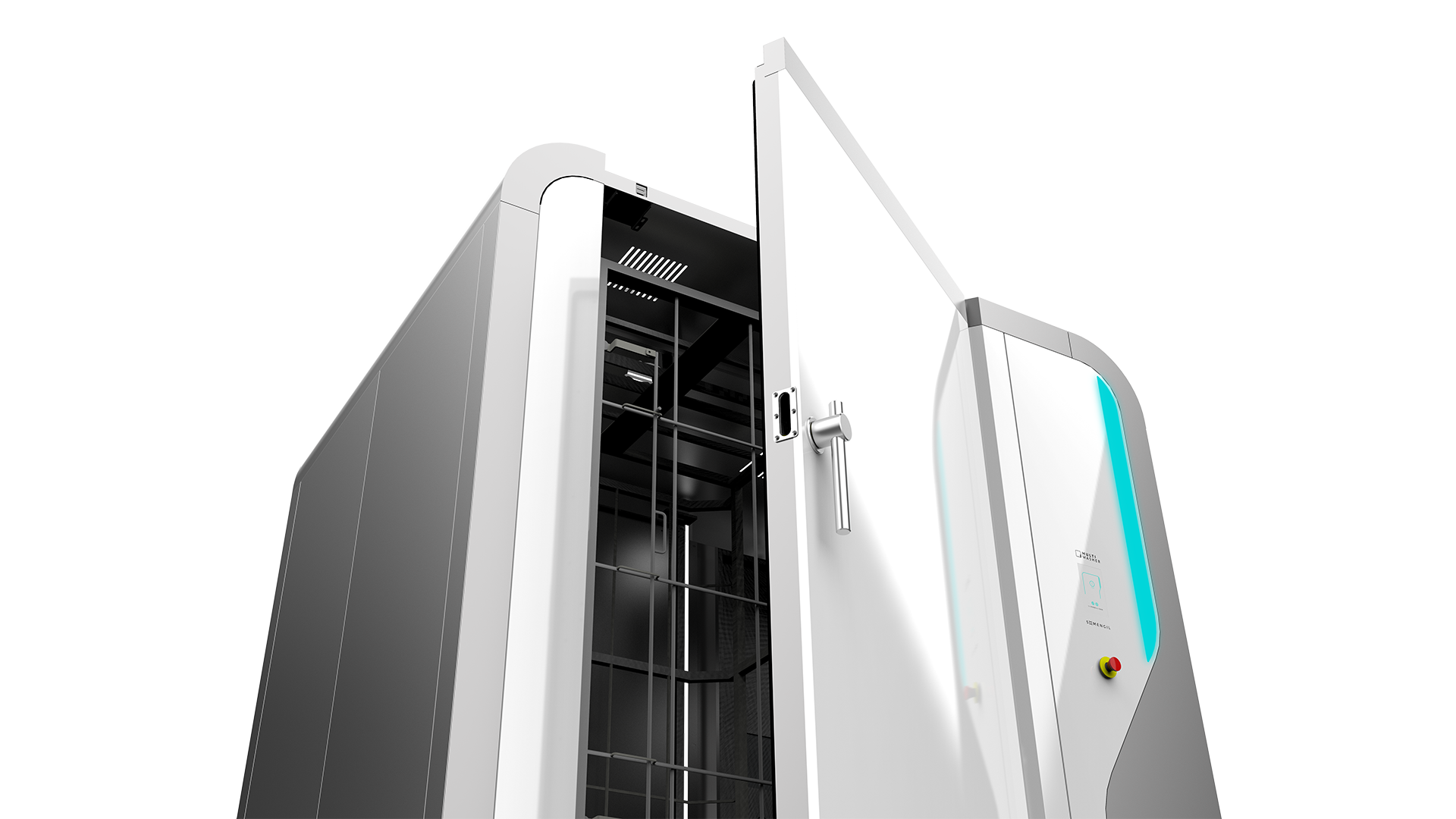

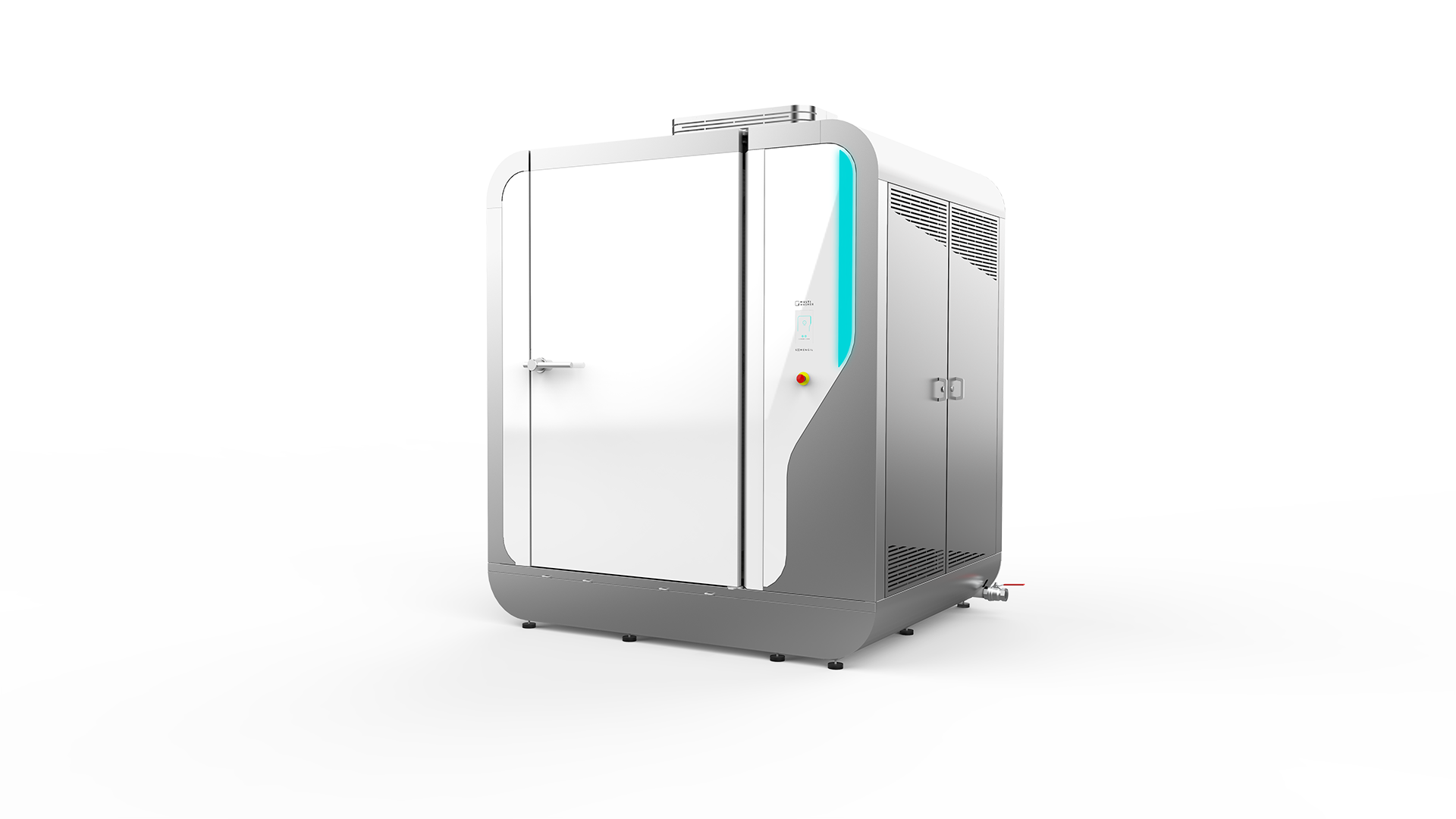
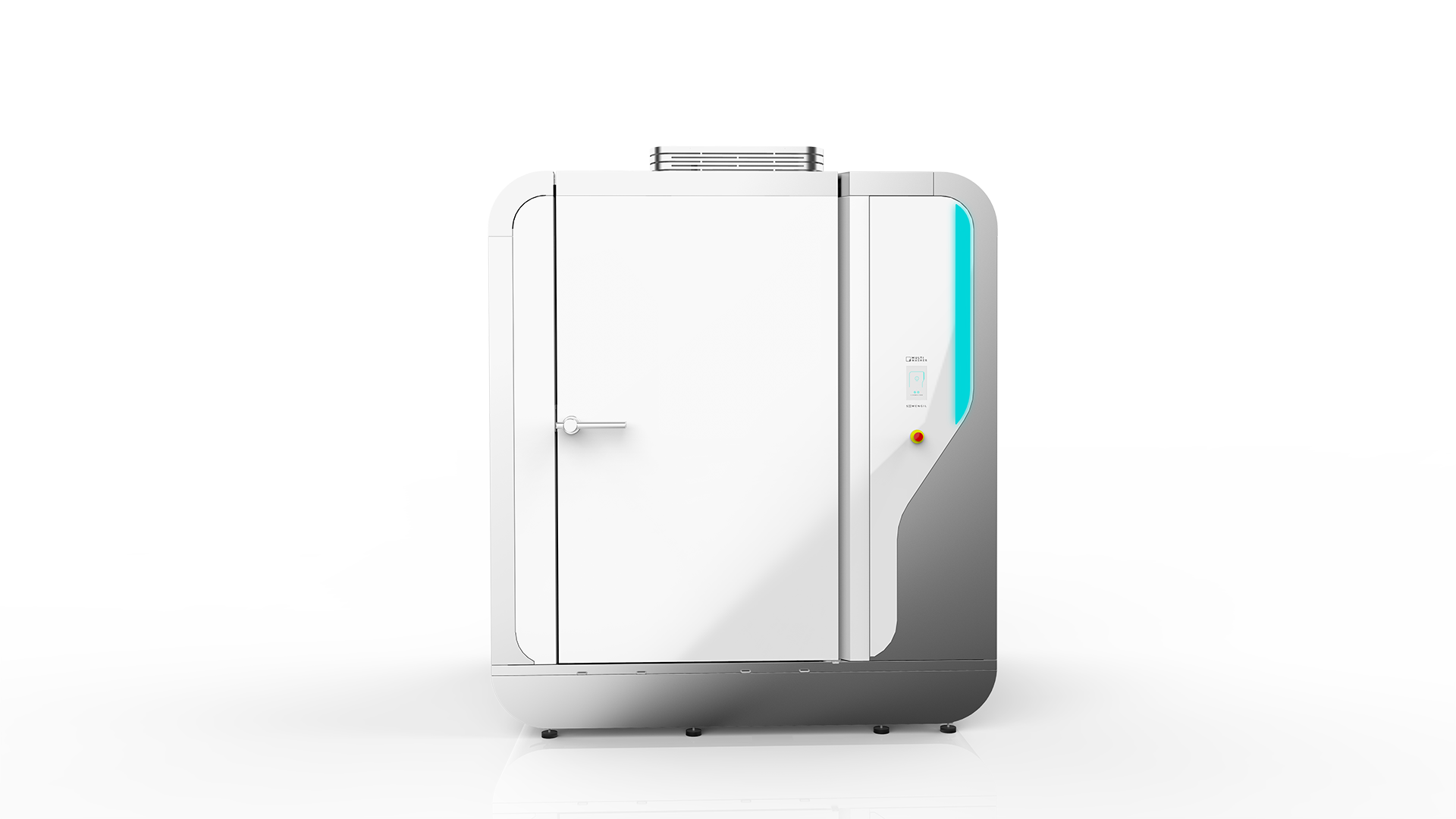
 Portugal
Portugal United Kingdom
United Kingdom United States
United States France
France Spain
Spain Germany
Germany Romania
Romania Italy
Italy Czech Republic
Czech Republic Finland
Finland Hungary
Hungary Slovakia
Slovakia Greece
Greece Lithuania
Lithuania South Korea
South Korea Russia
Russia Saudi Arabia
Saudi Arabia Poland
Poland Brasil
Brasil Hebrew
Hebrew